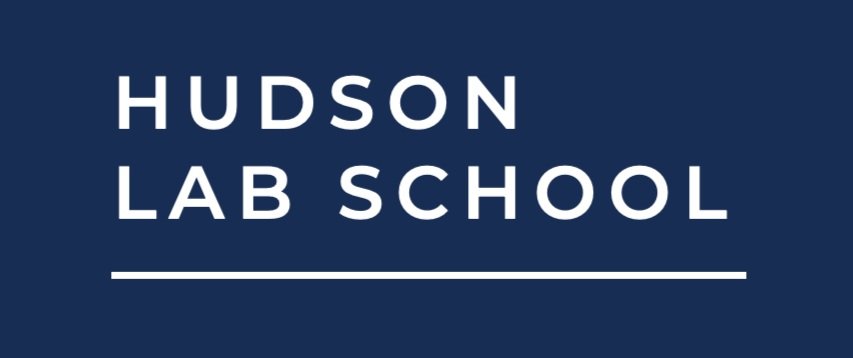
LOWER SCHOOL
Hudson Lab School is a tight-knit and diverse community that values curiosity, creativity, and connection.
Our students are the protagonists in their learning experiences. Expert teachers guide their exploration of the world through an interdisciplinary lens and nurture their abilities to collaborate, think critically and act with integrity within their communities.
The time we spend in nature, our mixed-grade classrooms, our school buddy program and our intergenerational learning time support our students' social-emotional development, planting seeds of empathy for future leaders and change makers.
At Hudson Lab School, we witness the incredible abilities of our bright, young community members in action every day. We welcome you to come and experience it for yourself!
-
Our K-1s enjoy learning through projects and play designed to inspire a love of learning and creativity while incorporating social-emotional skills and HLS Learning Outcomes. As they start their journey, students explore ideas of identity, community, and inclusion through hands-on projects and learn through experience, empathy, and iteration.
Through cooperative play and collaborative problem solving, students practice expressing their opinions and feelings appropriately. They become independent thinkers and risk takers who construct meaning through their own learning experiences. As students develop fluency and confidence in their skills, they begin to build stamina for reading, writing, and listening to each other, and become more independent in their learning and problem-solving.
-
By second and third grade, students are entrusted with more responsibilities for themselves, their learning, and their various communities. They have more capacity to take risks, compromise, negotiate, and work collaboratively. They develop critical thinking skills and begin to focus on moving from concrete to abstract thinking and understanding multiple perspectives. They’re also beginning to gain the capacity to apply foundational skills to gaining new knowledge and using new modes of expression. For example, readers move from “learning to read” to “reading to learn.”
To truly understand a new concept deeply, students need direct experience with authentic problems and materials. They grapple with open-ended problems that can have multiple solutions and begin using evidentiary reasoning to support their thinking in math, social studies, reading, and science. The social curriculum is as important as the academic curriculum. Students learn through discussion, collaboration, and conflict resolution. Their social relationships support their learning and growth as individuals and community members.
-
By fourth and fifth grade, students have developed a more pronounced independence and take responsibility for their learning. They develop organizational skills and reflect on their own progress and growth. Students are critical thinkers and able to integrate their knowledge of the past, present, and future, so teachers provide opportunities for students to contextualize and create connections. Students are capable of expressing their observations and understandings in comprehensive and creative ways, ranging from writing news articles to collecting data and assessing its reliability. Partnerships and small group work provide opportunities for students to collaborate, develop initiative, and become more flexible socially.
Students learn storytelling, collaboration and self-awareness in the process of making a documentary
